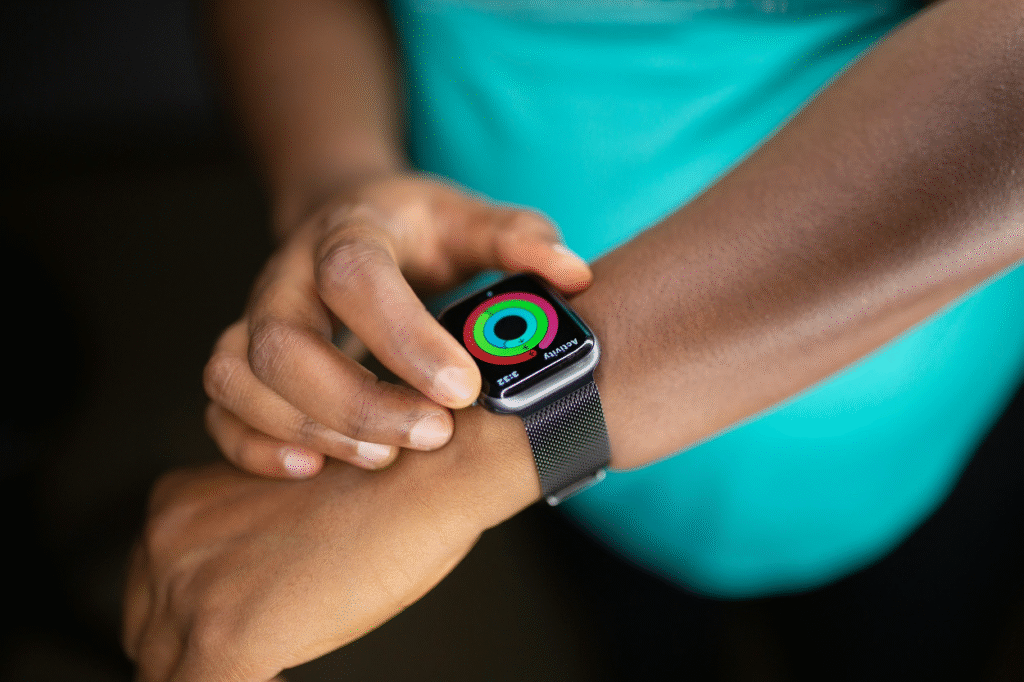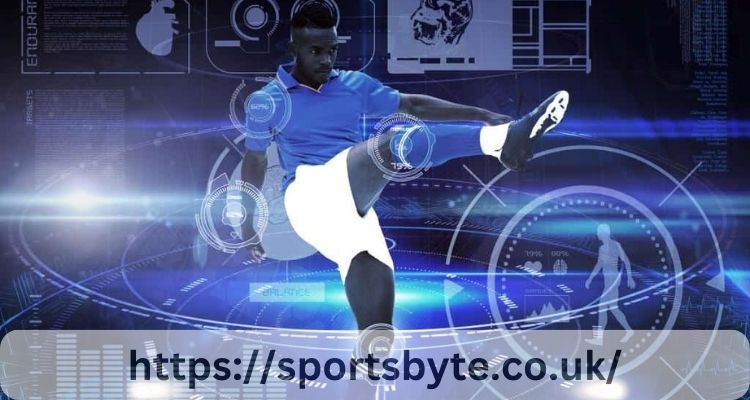It is not new that sports have been radically transformed by technologies from different eras. From the beginning of televised broadcasts, which attracted more fans, to the evolution of equipment that led to the breaking of several records, and more recently, the internet facilitating access to information about sports, each period has left its mark on the development of sports.
However, this process has never been as accelerated and evident as in recent years. Information technologies are primarily responsible for this. Everyone wins, from sports fans, who can have more immersive experiences in games by betting on http://1x-bet-mn.com/en or following details that were previously imperceptible in games, to technical teams that have more efficient training methods through digital monitoring.
In this article, we will discuss several ways in which information technology is changing sports. The trend is for this improvement to advance even faster in the coming years, with the consolidation of the use of artificial intelligence.
Data extracted from wearable devices
In team sports, technical teams have to make several difficult decisions: which players to select for the next match? How to put together the best team to combat the opponent’s strengths? In the past, this depended entirely on the skills and understanding of the coaches, whether they were more motivators or more strategists.
Today, however, they have the help of a series of data and statistics that greatly assist in all their choices. All athletes train and play using wearable devices that allow total control of their performance. GPS technology is usually the most widely used.
This allows coaches to know exactly who has dedicated themselves most to training, who has the best speed ratings, who has the highest success rate in fundamentals, and much more. Obviously, strategies are still fundamental, but this technological assistance is becoming increasingly important.
In addition to analyzing their own players, it is also possible to conduct more in-depth analyses of opponents. This allows coaches to identify the strengths and weaknesses of other teams in order to develop the best possible tactics.
This is not only true for team sports. In tennis, for example, it is possible to analyze the heat map of players and understand the strongest and weakest positions of each one.
The result is an increase in the quality of sports. With the best players available, the spectacle tends to be better, with more competitive matches and strategic battles between coaches.
Big data analysis

All this data collected from wearable devices can be recorded in huge databases. Added to this are in-depth statistics on all the movements in the matches, made and recorded by professional scouts. With so much information, team managers have a treasure trove at their disposal.
Whereas before it was necessary to send scouts to observe players in various parts of the world and rely on subjective analysis, which was often affected by the individual tastes of professionals, today all signings are based on big data analysis and a full understanding of what each athlete can offer to the team. Gone are the days of highlight videos, which often misled many people and disappointed fans.
This requires professionals who specialize in big data. After all, it is no easy task to transform a huge amount of numbers into objective analyses that can be used for decision-making.
Facilities and innovations for spectators
Those who are not professionally involved in sports, but are simply fans, also benefit greatly from information technology. Sports matches are becoming more immersive, which considerably increases the excitement of watching sports.
This also helps to attract new fans and increase sports audiences. The result is a cycle of prosperity, with an increase in the value involved in broadcasting rights, which allows for more investment to improve the quality of the games. In addition, sports that were not so popular also benefit from the new features, increasing the viewer base.
One of the immersive possibilities for fans is sports betting. It is clear that involvement with the matches increases greatly from the moment a bet is placed. This also encourages users to research more about the sport and analyze statistics in detail, acquiring technical knowledge that was previously restricted to professionals. Added to this is the fact that betting is becoming easier, largely due to new features that can be seen after 1xBet download iOS.
Sports broadcasts have also evolved to increase the possibilities for viewers. It is now possible to access data and information about players and teams from the remote control while watching the games. This is another type of experience that helps to increase the fan base and, consequently, the income of clubs and athletes.
Possibility of greater immersion in sports

Before the advent of internet-related information technologies, those who wanted to immerse themselves in sports had to rely on television debate programs and broadcasts that were available locally. However, social media has transformed this experience.
It is possible to follow the daily lives of players, which certainly increases the sense of involvement with sports. In some cases, the personal and professional mix increases idolatry and, consequently, love for the sport.
In addition, social media allows users to discuss sports with each other. This not only increases immersion in the sports but also enables the creation of friendships. There are several forums specializing in specific sports or even more niche ones, such as those dedicated exclusively to a team.
The content produced by channels specializing in sports also contributes to this immersion. Scrolling through a social media feed gives access to a wealth of information, many interesting facts, and even humorous content. All of this increases the entertainment value of sports, generating more engagement from the public.
Greater fairness in sports decisions
It is impossible for a sports referee to get every decision right. Issues such as positioning that obstructs the angle of vision, extremely dubious and millimeter-precise plays, and decisions that are difficult to make with the naked eye have led to several injustices that have gone down in sports history. However, with video and position monitoring technologies, this is changing completely.
The best example is the implementation of VAR in football. For a long time, the sport’s most traditional fans were resistant to the technology, arguing that mistakes were part of the intrinsic excitement of the sport. However, it is a fact that decisions have become much more accurate and that the dynamics of the game have changed completely. It is worth remembering that many matches have been marked by decisive refereeing errors. Considering the World Cups, these are the highlights:
- Spain 0 x 0 South Korea in 2002, when a Spain goal was disallowed because the ball had supposedly gone out of bounds.
- Argentina 2 x 1 England in 1986, which was the game of Maradona’s famous handball goal.
- England 2 x 2 Germany in 1966, in which the referee validated a goal by the English team when the ball did not cross the line.
The turning point for the consolidation of Video Assistant Referees was the 2018 World Cup. Observing the success of the technology, the vast majority of national leagues began to adopt the innovation, which is now even present in smaller and less prestigious championships.
One of the qualities of VAR is that even though it has been in use for such a short time, it has not remained stagnant. Currently, it has evolved with semi-automatic offside technology, which precisely calculates the position of players at the exact moment the ball is kicked. This also makes decisions much faster, as it was previously necessary to draw the lines manually. Accuracy has also been improved, as it was previously necessary to pause the video at the moment of the pass, whereas today this is done by a sensor that indicates the exact moment of contact with the ball.
Video refereeing technologies are also present in several other sports. An example that not only provides fairness but also adds excitement to games is volleyball. Not all plays are analyzed, but only those moments when coaches request a challenge. As challenges are limited, this becomes an additional strategy to use during matches.
More advanced equipment
The sports equipment segment may not seem to be as closely related to information technology as the other items listed above. However, the evolution in sports materials does not come out of nowhere: everything is developed based on statistics provided by other technologies mentioned, such as athlete monitoring and data analysis.
Thus, sports equipment manufacturers have a precise understanding of how each technology used in equipment, such as footwear, affects athletes’ performance. This evolution in materials is one of the main explanations behind the records that are being broken in individual sports, such as athletics and swimming. Virtually all records are being broken constantly, and the trend is for this evolution to continue over the years.
The development of new materials can alter athletes’ performance so much that, in some cases, certain equipment has even been banned. One of the most emblematic cases was when the International Swimming Federation banned the use of swimsuits made of a specific material, polyurethane. During the two years that clothing with this technology was used, more than 200 world records were broken, which alerted the highest authorities in the sport.
Individual monitoring

It is not only high-level professional athletes who benefit from new biometric monitoring technologies. Just look at amateur runners, cyclists, and swimmers, for example. Virtually all of them rely on smartwatches and smartbands to closely monitor their performance in their activities.
This is due to the popularization and greater accessibility of this equipment, which used to be very expensive and has now become much cheaper thanks to the development of other technologies and fierce competition between brands. Here are some apps you can use if you want to monitor your workouts:
| App | How it works |
| Nike Training Club | Developed by the giant brand, it is ideal for those who train at the gym or run. In addition to monitoring, it also provides health tips and training programs. |
| Strava | Using GPS, Strava offers complete monitoring of running and cycling activities. |
| MoovBuddy | Offers a series of guided exercises that go beyond strenuous activities and include physiotherapy and relaxation exercises. |
All data can be automatically recorded on smartphones, allowing for complete control of activities. This way, amateur athletes or even beginners have an accurate idea of what they can improve to get the most out of their activities.



